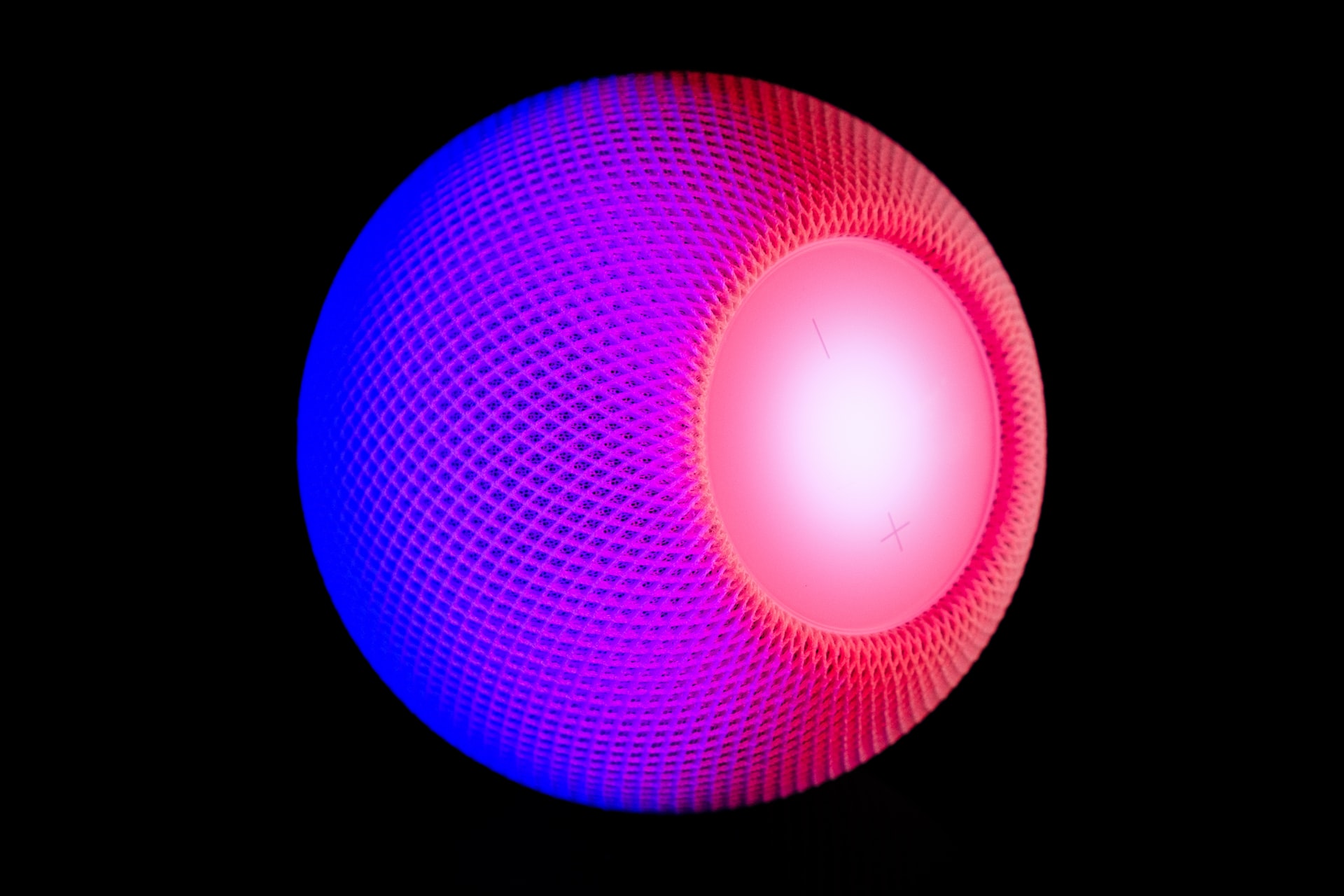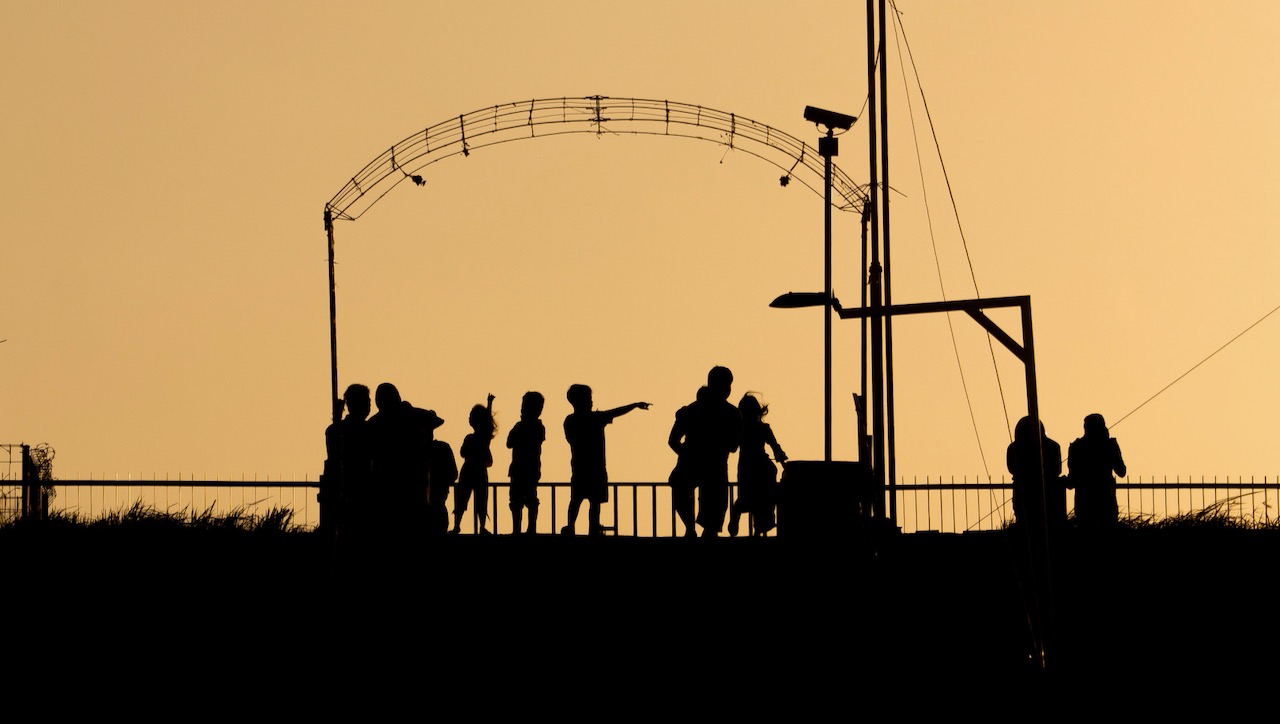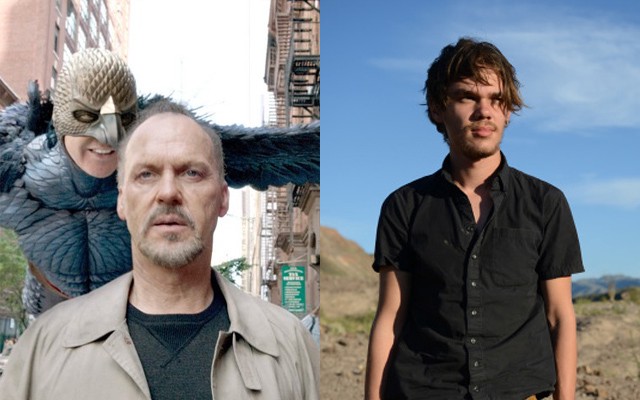Craft
What I Learned About Writing from Making Sound Effects for Movies
Writing fiction has a lot in common with my day job—sound designer for blockbuster films

Sound effects lie somewhere between language and music. Film sound is story-driven, subtextual, and often assembled from unusual sources—and like writing, it’s full of information and emotional cues. It’s also immersive: when a sound track has been crafted well, the audience doesn’t realize they’re being carefully guided. The starship, the magic, and the mythic creature gain another level of realism. The theater room itself becomes a whole environment I can transport the listener into: the mystical tunnels in Onward, the desolate alien wasteland of Titan in Avengers: Endgame, or up among the clouds in Big Hero 6.
My work as a sound designer has cross-pollinated into my fiction, where I use the same tools in both to craft the wondrous unknown—particularly important in sci-fi and fantasy where unusual concepts are the norm. In my writing, I want to fill the space between the words and the reader, wrapping them up like I would in a theater and making them forget where they’re sitting. That means recognizing that manipulating the meaning of language isn’t enough. You also have to consider how it sounds, and the effects those sounds work on the reader’s body and brain.
Film sound is story-driven, subtextual, and often assembled from unusual sources—and like writing, it’s full of information and emotional cues.
Renowned sound designer and picture editor Walter Murch calls music “embodied sound” which is experienced directly, without a code of meaning between sound and listener. On the opposite end of the spectrum lies speech, “encoded sound,” which is filtered through the code of language. Sound effects, Murch says, are centaurian: half language, half music.
When we hear a door or a gunshot or a train, we receive both the coded information that implicitly tells us what the thing is, and the direct emotional experience of the sound. In film, for example, the sound of the Morag Temple Vault door in Endgame tells the listener instinctively that the door is old, made of heavy stone, and situated inside a cavernous space. At the same time, the sound embodies emotional qualities: this same door can be made to sound funny, frightening, or forlorn. My job as a sound designer is to manipulate the listener’s emotions while also tapping into this instinctive code to quickly convey information about a scene.
But writing is all language, all encoded, which would seem to mean that I’m missing the “embodied” part of Murch’s equation. I can give a reader information, but I can’t rely on a raw sensory experience to manipulate their emotions. However, if the opposite end of the spectrum is music, then I can leverage the musical elements in writing: cadence, rhythm, dynamics, and the oral sounds of the words themselves.
In the opening lines of “Steering the Craft,” Ursula K. Le Guin says, “The sound of the language is where it all begins. The test of a sentence is, Does it sound right?” Storytelling has been primarily oral for so much of history, inseparable from the sound of it, if not also accompanied by actual music or singing. Musicality and energy is just as much a tool in prose as it is in poetry. Le Guin notes that many writers outgrow their oral/aural sense of what they’re reading or writing, but that it’s easy to cultivate, learn, or reawaken.
Aurally driven as I am, I can’t help but work with the physical elements of language—the sounds and silences creating rhythm and relationship—as well as the pure information of it, in the same way I would for film. The aural motion and texture of words, linked together into cadence and rhythm, gives us the same immersive effect that I’ll carefully craft in film sound, evoking not just meaning but raw emotion as well.
When I’m figuring out what sounds to use in a movie, the emotional resonance always comes first.
When I’m figuring out what sounds to use in a movie, the emotional resonance always comes first, before I consider the material mechanism at work. I’ve created the sounds of magical abilities for both Pixar and Marvel, but they have very different tones. The magic of Ian Lightfoot in Onward is cool and fun, but not too silly or dark, while the magic of Wanda Maximoff in Captain America: Civil War is violent, powerful, and beautiful. For the emotion of Ian’s magic, I’ll reach for materials like chimes and sparklers and fire poofs. Wanda’s magic is built from ripping textures, explosions, and scraped metal. In writing, I create similar emotional palettes with my word choices: one magic might pop, sparkle, whoosh, and fizzle, while another may scream, thunder, rip, sizzle.
Evocative choices must then be layered or strung together in an evocative flow. For example, the writing cadence I’ll use in an action scene is the same way I think about rhythm and blocking in film. In Nophek Gloss, a spaceship chase through the narrow avenues of a gigantic station is paced how I would use sound, attentive to things like movement direction and building tension up to big impacts. I’ll find spots for a silent beat or literal breathing room, or choose a different sense or a bit of dialogue to vary the pacing of the physical action and keep the audience engaged. I read aloud, pay attention to snags and bumps, and shape the silences and white spaces of the story into rhythm.
Rhythm extends from sentence to scene to the story as a whole, where we aim to interleave big, vibrant moments with subdued, understated ones. These dynamics balance character development and action, and include emotional dynamics for a balance of scenes that make you cheer, others intensely sad, and some that are filled with joy. This creates a wave of narrative dynamics that carries the audience along no matter what form that storytelling takes.
If an explosion or realization needs impact in writing, I’ll slow the moment first to carve out a dip for the intrusion to enter into.
Trying to fill up every moment with energy will make each beat start to lose impact. A quiet sound before a louder one is going to make the loud one hit harder by virtue of contrast. A stretch of silence before a sudden explosion draws the audience’s focus in rather than dulling their attention with continuous loud beats. Sentence length and the white space of a page can perform similar dynamics. If an explosion or realization needs impact in writing, I’ll slow the moment first to carve out a dip for the intrusion to enter into. We find this same sort of dynamic performance in oral storytelling, maneuvering the audience’s emotions, but too often it gets left out in written prose.
Though these twin tools of music and language are useful across genres, they’re especially important for science fiction, where we want to encourage readers to suspend disbelief in the unreal.
For science fiction and fantasy films, much of my job is to create the sound and feel of things that can’t be recorded with a microphone: aliens, fantastical creatures, superpowers, and advanced technology. A frequent request I get is that something should sound “like nothing we’ve ever heard before.” Such a sound doesn’t exist, but what the directors are really asking for is a sense of wonder. We want a sound that is not novel but unexpected for whatever the event is.
Since I can’t venture out and record a magic blast or starship engine, I need to think outside of the box and reach for nonliteral source materials to manipulate into a sense of wonder. Often, the dissonance of using unexpected recordings or words on purpose—ingredients that are “wrong” from a literal perspective—actually engages the audience’s subconscious more, creates a feeling of otherworldliness, and suspends disbelief.
Since I can’t venture out and record a magic blast or starship engine, I need to think outside of the box.
What if I use ice crackling recordings to create the sound of fire? It matches what the eyes see and sounds “correct,” but the brain knows something’s slightly off. I could have used sparklers for the sound of the fiery sparks of Doctor Strange‘s magic portals, but instead I used ingredients like ice and metal, a dissonance that makes it sound all the more magical.
In writing, this is commonly called “unexpected but inevitable,” a sense of satisfaction from a believable surprise. This term is usually reserved for plot twists and finales, but I believe it works equally well at the sentence level. I often seek unexpected verbs and sideways analogies that are more evocative than the literal thing. What if the wind combs through the grass instead of blowing through? Maybe I need a sharper word, that the wind rakes or cuts. Softer, it might purl or whisper.
An author playing against expected feelings can create an emotional surprise by avoiding the obvious emotion and digging deeper or sideways for what Don Maass calls a “third level emotion.” This extra bit of challenge asks readers to engage further and ignite their own feelings about the story..
Suspension of disbelief is especially important in sci-fi and fantasy films with heavy visual effects, helping added CG elements feel real and substantial. Sonic details can bring a shot to life. In sound, I’m often trying to give the audience a sense of what something feels like, but my only tool to do that is through what you hear. For Iron Man’s nanotech suit in Endgame, I layered metallic and liquid textures into high-tech synthesized sounds to give the reader a feel of the suit’s mass and movement.
The two mediums of sound design and writing seem different on the surface, but share a space between language and music.
Writing also aims to convey multiple senses, with only language and sound as the tools to do so. Beginner authors often default to describing visuals, while areas like touch, sound, scent, and taste are underutilized. Sensory variety and detail is not only a powerful tool to bring far-flung worlds to life, but also conveys subtext well. My protagonist, Caiden, can squeeze a bunch of his morphcoat in his fist as it transforms to scales that cut his palm, and I don’t need the word “angry.”
Until I heard reactions to the unusually immersive and sensory style of my prose, I hadn’t considered how big an effect my experience with film sound has on not just the sound of my prose but my word choices and dynamics. The two mediums of sound design and writing seem different on the surface, but share a space between language and music. Both are storytelling with sound, grounded in principles of immersion, abstraction, emotion, and keen narrative focus.
Le Guin reminds us, “The primary way you feel and control the rhythm of your prose is by hearing it—by listening to it. Lively, well-paced, flowing, strong, beautiful: these are all the qualities of the sound of prose, and we rejoice in them as we read.”






